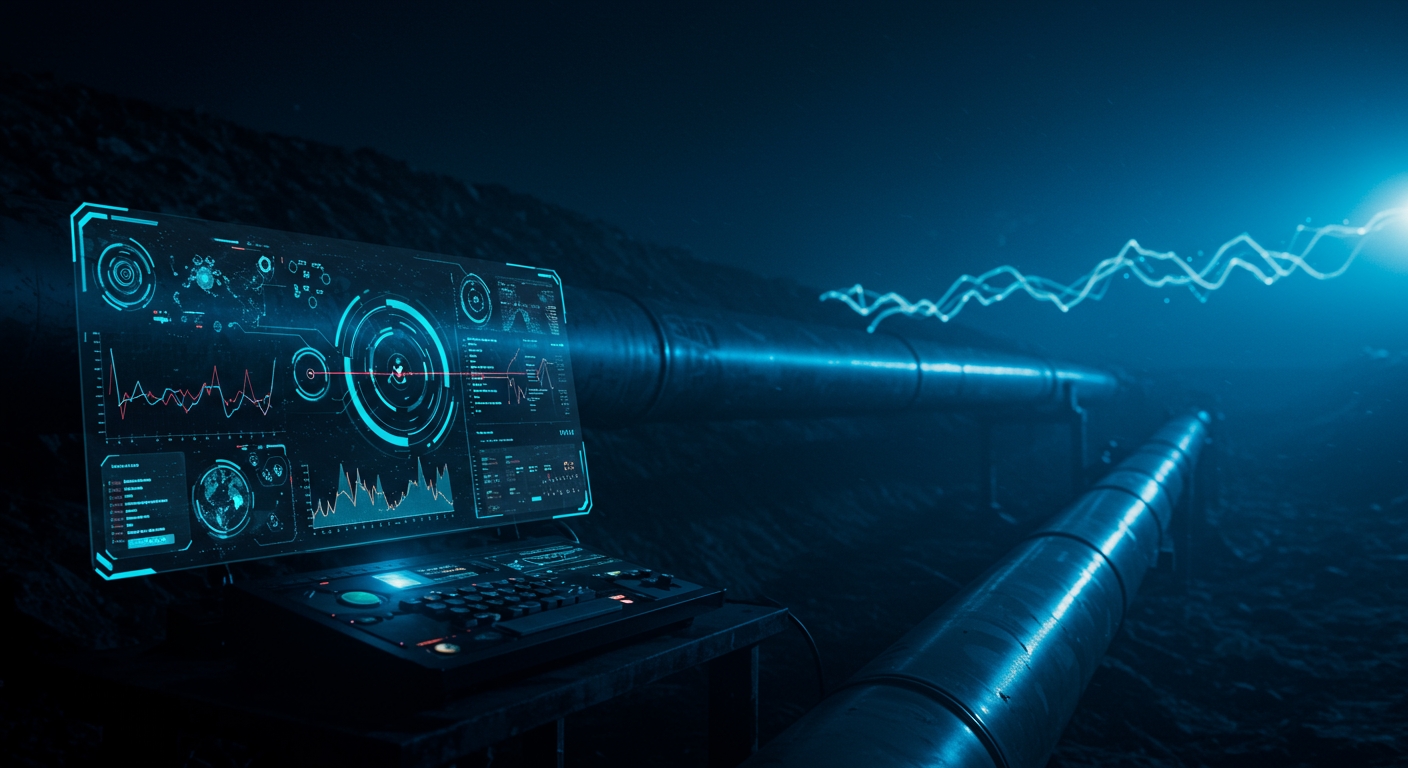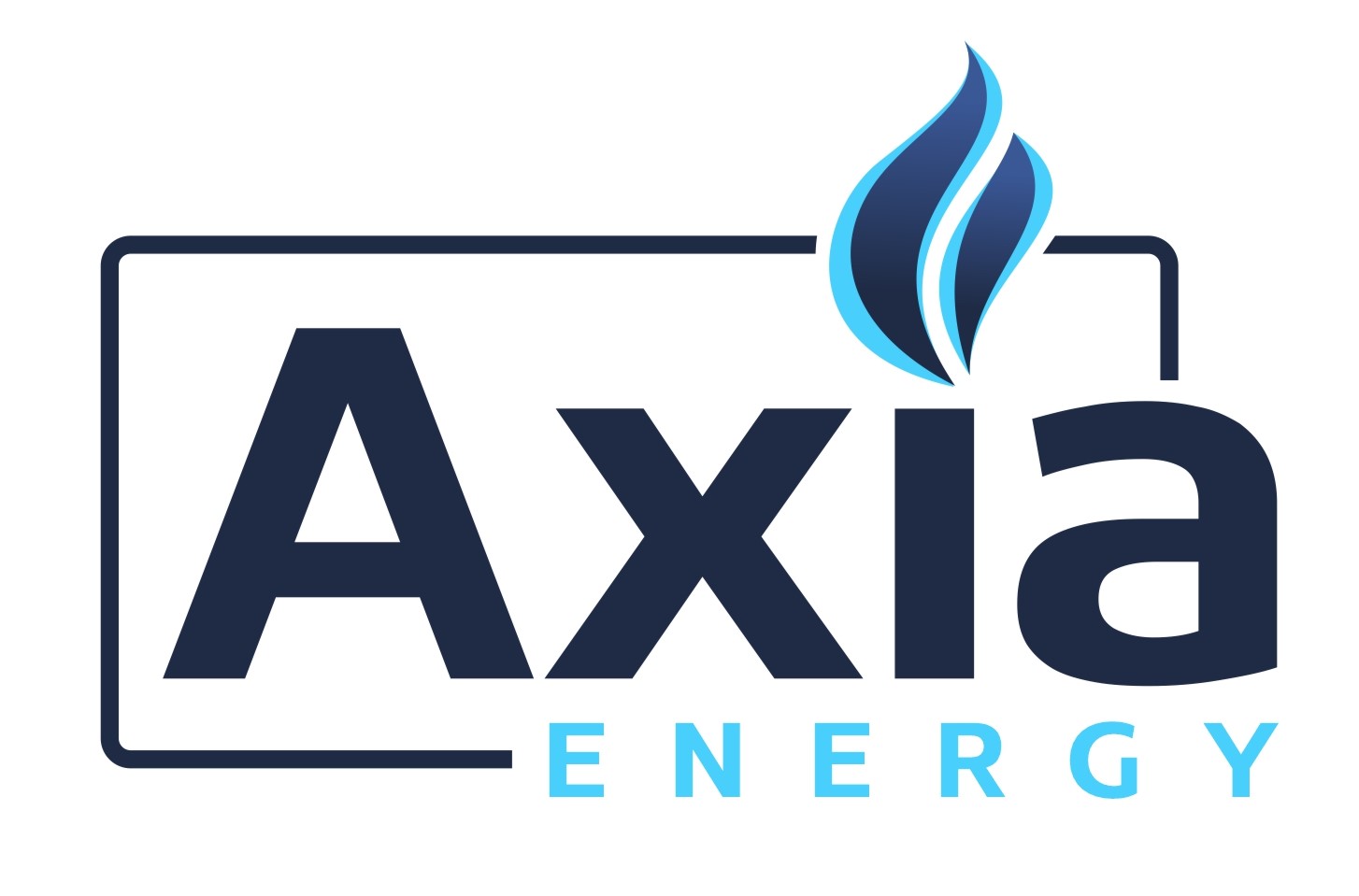Machine Learning Models for Intrusion Detection in Pipeline Security

As oil and gas pipelines become increasingly digitized and interconnected, they also become more vulnerable to physical and cyber intrusions. From unauthorized access to control systems to suspicious activity near pipeline infrastructure, threats are evolving in complexity and frequency. Traditional rule based detection systems often fail to keep up with this dynamic landscape.
That’s where Machine Learning (ML) steps in. At AXIA, we help pipeline operators deploy ML-driven intrusion detection models that identify, classify, and respond to threats faster and more accurately than ever before.
Why Machine Learning for Intrusion Detection?
Conventional intrusion detection systems (IDS) rely on predefined rules and known signatures. While effective
against repeat threats, they struggle with:
- New, unknown attack patterns
- False alarms caused by benign anomalies
- Difficulty scaling to vast, remote pipeline environments
Machine Learning overcomes these limitations by learning from data, continuously improving its ability to detect
both known and unknown threats.
How ML Models Work in Pipeline Security
Machine learning models are trained on vast amounts of data—from surveillance cameras, motion sensors, access logs, vibration detectors, and network traffic. These models identify patterns of normal activity and learn to detect anomalies or intrusions that deviate from these norms.
There are several types of ML models used in pipeline intrusion detection:
1. Anomaly Detection Models
These models are ideal for spotting unknown or zero-day threats. By learning baseline behaviour of pipeline systems and physical environments, they can detect subtle irregularities such as:
- Unexpected movement in restricted areas
- Unusual spikes in access attempts
- Abnormal communication patterns on control networks
Anomaly detection is particularly useful in remote or unmanned sites, where human oversight is minimal.
2. Classification Models
Classification models use historical data to differentiate between benign and malicious events. For example, a model might classify video footage as “authorized personnel,” “animal activity,” or “potential intruder.”
With enough training data, these models become highly effective at filtering false positives and ensuring security teams only respond to genuine threats.
3. Time-Series Forecasting Models
These models analyse sensor data over time to predict suspicious trends—such as gradual increases in pressure inconsistencies or abnormal valve operations that could indicate sabotage or tampering.
Time-series ML helps move security operations from reactive to predictive.
Real-Time Response and Automation
At AXIA, our ML-powered systems are integrated with edge computing and SCADA networks, enabling real-time threat detection and response. When an anomaly is detected, the system can:
- Send instant alerts to operators
- Trigger video recording or drone inspection
- Automatically lockdown affected areas or assets
This ensures rapid, informed action when every second counts.
Training and Continuous Learning
Machine learning models don’t remain static. They continuously learn from new data, evolving alongside the threat landscape. We incorporate feedback loops into our ML systems so that human decisions—like labelling false alarms—are used to retrain and refine the models, improving their accuracy over time.
Conclusion
Machine learning is transforming intrusion detection from a static defence system into a dynamic, intelligent shield. By enabling faster, smarter responses to evolving threats, ML empowers pipeline operators to protect their critical infrastructure with unprecedented precision.
At AXIA, we’re building the next generation of intelligent security systems—because in pipeline protection, vigilance powered by machine learning is the ultimate defence.

